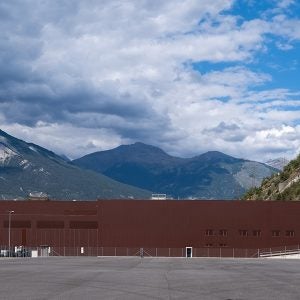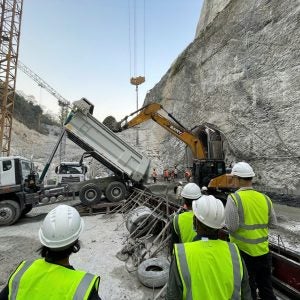The Lao PDR’s 150MW Houay Ho hydro project successfully completed its final transmission tests in late July and was expected to start up on schedule on 3 September. Power will be carried on a 161km transmission line from Attopeu across to Pakse. It will tie into the Thai transmission grid at EGAT’s Ubon Ratchathani 2 substation.
Huay Ho is the last Lao project for which a firm power purchase agreement with Thailand exists. Not only is Nam Ngum’s power price up for re-negotiation this month, but no formal agreement has yet been reached on which projects would be developed next, to what timeframe and on what terms.
Essentially, Thailand needs desperately to delay new power purchases as well as cut the costs of existing supplies. It therefore wants no new Lao power before 2006 and is trying to cut Nam Ngum prices by around 25% to about US3cents/kWh.
Lao wants new sales starting from 2004, mostly from Nam Theun 2, and is asking Thailand to ‘empathise with Lao and maintain [Nam Ngum] prices to help us’, according to foreign minister Somsavat Lengsavad in mid-August. Under a 12-year agreement signed in 1991, Nam Ngum power prices can be re-negotiated every four years. The final four-year period begins in October.
Houay Ho has also had its problems, not least the fact that its major shareholder, Daewoo Corporation with 60% equity, has been at risk from its parent conglomerate’s financial difficulties. It will now be spun off from the conglomerate as part of the latter’s restructuring.
Of the project’s other two shareholders, Loxley Plc and Electricite du Lao (EdL), each hold 20% equity. Loxley earlier tried to reduce its exposure during the early stages of Thailand’s recession. EdL will operate the facility for its partners during its 30-year BOT contract with the government. The project, however, must sell power into a market that still has not recovered to pre- recession 1997 demand levels.






